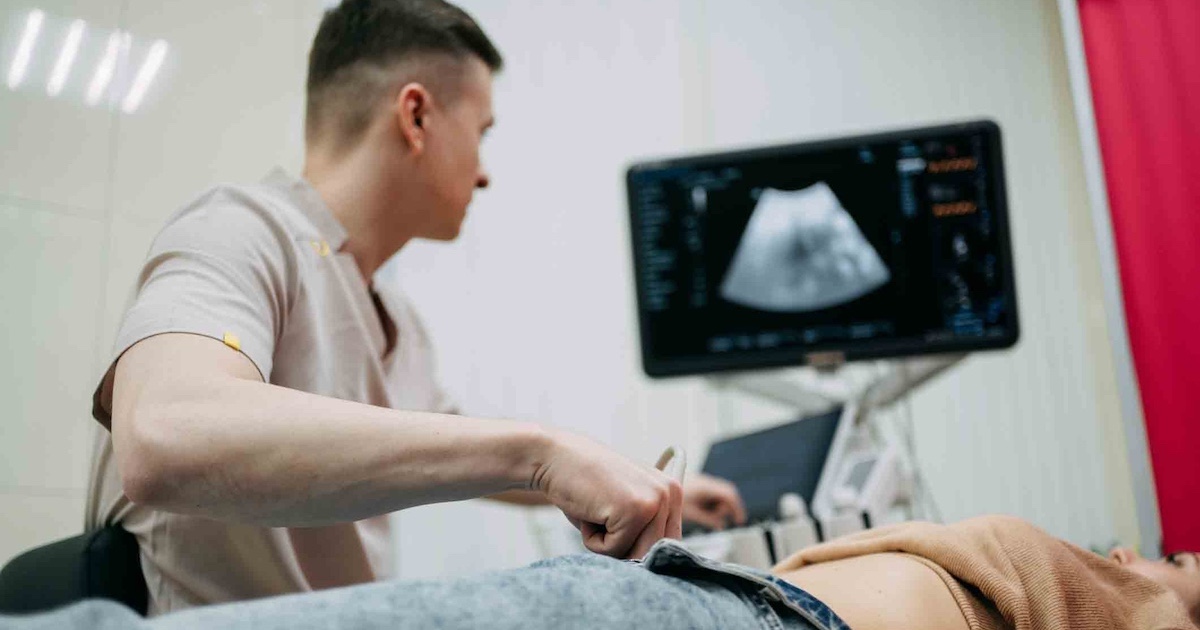The upcoming Consumer Electronics Show (CES 2014), beginning January 7 in Las Vegas, should see a shift away from the typical focus on everyday consumer electronics -- such as smartphones, tablets and televisions -- toward other growth markets such as medical technology, health products and applications.
Three medical technology stories to watch will be wearable technologies for fitness, aging-in-place technologies, and real-time monitoring. These all tackle problems stemming from an aging population and facilitate a digital transition to a more consumer-centric approach to healthcare. The Consumer Electronics Association estimates that some 300 exhibitors will showcase products and applications for fitness, wellness and medical treatment – a 30-percent-to-40 percent increase over last year. An entire sub-section of the show will be dedicated to digital health.
Why is this show pivoting so significantly toward digital health? The high number of medical equipment providers at CES tracks with the transformation in which every consumer is a digital consumer and every business is a digital business. Connectivity is about using the cloud, analytics and other technologies to transform the way healthcare is provided in an all-digital world.
Exhibitor increases at CES underscore a broader medical industry phenomenon, the evolution of a viable secondary business model for medical equipment. Historically, the business model for medical equipment had the providers and, by reimbursement, the payers as end consumers for these products on behalf of the patient.
At CES you will see the growing influence that the end-consumer - the actual patient - now takes to address their healthcare issues. There are some parallels here with the direct-to-consumer marketing by pharmaceutical companies that began in the late 1990s, but the impact is more accelerated with the pace of technology company innovations.
While wearable devices may start out primarily for fitness applications, the underlying implications are more significant. Even physically fit consumers want to gather personal biometric data to improve their health and well-being. Aging-in-place and real-time monitoring products are similar; they simply tap into a different demographic. It’s all about earlier detection of issues, delivery of care in a manner least invasive to a person’s living standards, and use of data to take a more proactive role in personal health -- enabled by digital technologies and applications.
During CES and beyond, it will be important to track how the broader healthcare establishment responds to patient demands when these patients become equipped with increasingly insightful and data-driven analytics for their individual situations.
Keep an eye on:
Wearable technology for fitness
Today’s consumers take an active role in using technology to chart and share their active digital lifestyles. Wearable technology health trackers that monitor a user’s biometrics, such as heart rate, blood pressure, exercise routine, calories and sleep patterns, are already popular on the market. The next stage will have added functionalities and emphasize ease of use. These products will be more discreet and fashionable than in previous years, blending into consumers’ daily lives. They will be integrated directly into clothes or everyday products such as utensils, helmets and walking sticks.
Sensors in wearable technology devices will have increased sensitivities and processing power, capturing a wider range of biometric data. They’ll be able to sense skin temperature, what we eat or drink, and the context in which users are active. Expect to see new types of mobile applications that tie these functions to smartphones, tablets and the Internet. Interfaces will be user-friendly for parsing data, sharing it within social networks and guarding it against prying eyes.
Aging-in-place offerings
Retiring Baby Boomers represent the biggest growth market for digital medical technology. Seniors and retirees seek alternatives to nursing facilities that will allow them to receive the assisted care they need without having to sacrifice their living standards. As this audience has become more technologically savvy thanks to the everyday use of smartphones, tablets and e-readers, the time for aging-in-place offerings has never been more right. Products unveiled at CES 2014 will support increased social engagement, injury prevention, early detection and treatment of chronic diseases.
Imagine a home outfitted with automatic medication dispensers, robots handling a greater variety of household tasks, video connectivity with loved ones and motion sensors that can tell if a person has fallen. As for design, expect to see less intimidating technology with easy-to-use navigation screens and perceptual interfaces.
Real-time remote monitoring
The same mix of motion detection, analytics, video and wireless connectivity will also be applied for homebound patients of all ages suffering from chronic diseases. Remote monitoring could reduce hospital remissions while improving quality of life. This positive outlook fuels investments in tools offering a 360-degree view of patients outside a hospital environment.
Innovations in the scope and speed of remote monitoring systems are crystallizing. At CES 2014 look for implanted bioelectronic sensors that detect a deeper range of physiologic information, along with external sensors that can track bathroom visits, number of coughs or erratic behavior.
Around these sensors will be systems with enhanced wireless connectivity, decision support aids, monitoring apps for smartphones and tablets and integrated, two-way video communications for virtual consultations.
These stories to watch are linked to the overarching trend in which every business is a digital business and every consumer is a digital consumer.
John D. Korry is the managing director of Accenture’s medical equipment technology practice. He can be reached at john.d.korry@accenture.com.


